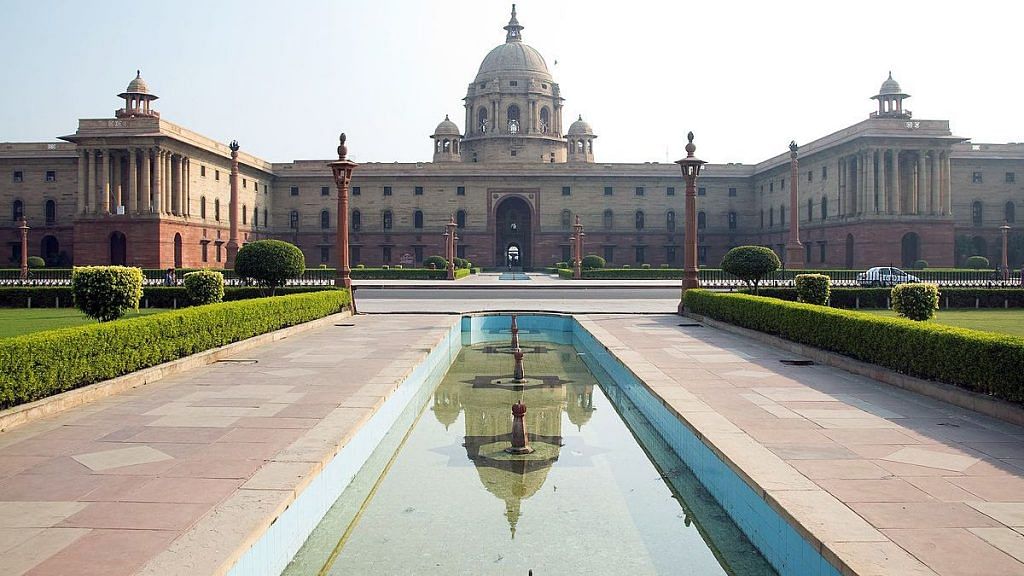Given the scale of the coronavirus crisis, a good question to ask is what aspects of our governance system have held us in good stead so far and what limitations have become evident?
What works for India
Let us first look at some key strengths of India’s governance system.
First and foremost is its ability to firefight. Ask any young IAS officer or district collector (or district magistrate or deputy commissioner), and they will tell you that most of their time in a day, and during their tenure in a district, goes in firefighting—ensuring public order, organising events, overseeing visits by the political leadership, resolving public grievances, and getting long-pending development work done when there is sudden pressure from higher-ups in the hierarchy. This ability to adapt and be flexible comes in handy during a crisis when things need to be done on extremely short notice.
Second, is the system’s ability to enforce or drive compliance. When the communication from the top is clear and leaves no room for discretion, the system can carry out those instructions to the T. This is applicable at all levels, from the prime minister to the district collectors. This became evident during the implementation of Lockdown 1 and 2, where there was a near-uniform ban on all activities resulting in clarity across the system on what needs to be done. This strength also contributed to enforcing the most stringent lockdown in the world fairly well with only four-hour notice.
Third, is the ability to deliver more effectively during a crisis. We have seen this over the years during natural disasters. Even as states such as Kerala and Odisha have managed to successfully weather frequent floods and cyclones, as a country, our disaster responsiveness has improved by leaps and bounds with the National Disaster Response Force. This ability largely comes from the ‘all hands on deck’ governance approach during a crisis. Equally important, the usual lethargy, inaction and to a large extent corruption, takes a backseat at such a time.
Also read: Experts are leading Covid fight globally. But not in India, the bureaucrats won’t allow it
Glaring limitations
Now, let us consider some of the limitations of the system.
First, is the limited ability to deal with complexity. This is critical when faced with abstract problem statements such as ‘how do you improve the key health indicators of the country?’ Dealing with complexity requires understanding the problem at hand, cutting through the clutter, arriving at the root cause of the problem, and coming up with implementable solutions. But our systems have limited capacity.
Often the response to complexity is comprehensiveness without coherence. We try to do too many things simultaneously that might be at cross-purposes with each other. Or we simply apply brute force — throw more people at the job without thinking through its implications. The obvious solution to this limitation would be to leverage expertise from outside the system, in the form of consultants and academicians. But the bureaucracy’s comfort with that remains limited, though increasing over time. Also, the ability of outsiders to contribute is usually overestimated, since very few of them can contextualise solutions in governance realities.
The second limitation of the system is the ability and patience for medium-term planning. The system is usually adept at providing short-term responses. Long-term planning, as evident in manifestos and vision documents, generally tend to focus on the ‘what’ as opposed to the ‘how’. But medium-term planning, where the ‘how’ needs to be fleshed out in detail while balancing multiple factors and anticipating potential challenges, is a weakness of our system. Poor medium-term planning means that several risks and contingencies remain unaccounted for in decision-making, leading to sub-optimal outcomes.
For example, while the call for an Atmanirbhar Bharat has given directional clarity on policy thinking in the long-term, the specifics of what it entails in the medium-term is not as clear.
Also read: Parliament to middle class: These are the 8 failings of India coronavirus has exposed
The third limitation is somewhat linked to the system’s strength of being able to enforce and drive compliance. Since the system assumes that there is a diktat coming from the top, it makes the administrative machinery reactive, or less proactive. Everyone seems to be waiting for an ‘order’ from someone senior before taking charge of situations that ordinarily are part of their job role. This limitation plagues the system at all levels. Over the last couple of decades, centralisation of power has further exacerbated this weakness.
Over the last couple of months, as the system has tried to contend with both the health and economic fallout of Covid-19, both its strengths and weaknesses have become apparent.
The author is the Founder & CEO of Samagra | Transforming Governance, a mission-driven governance consulting firm. Views are personal
